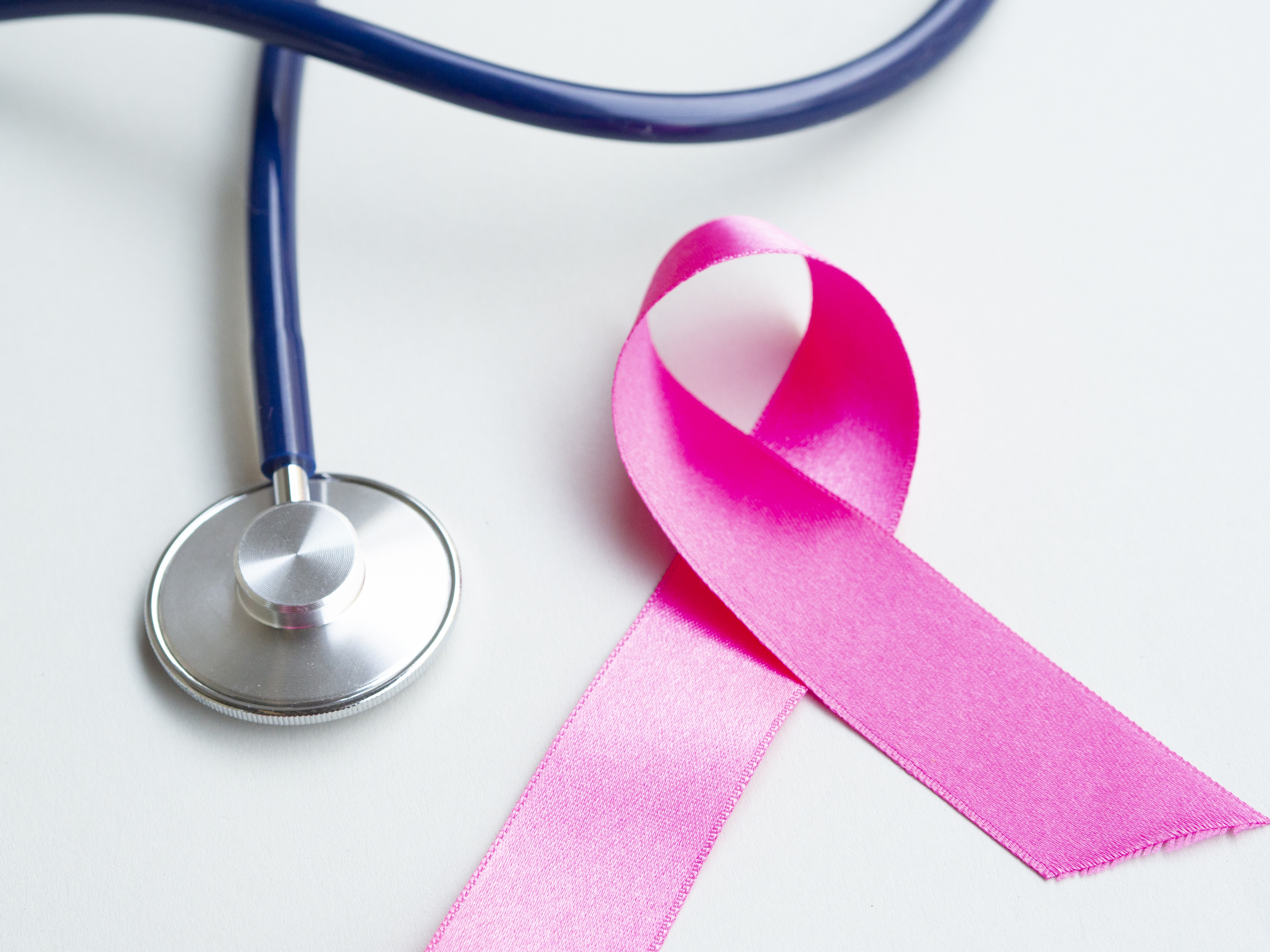

Breast Cancer screening with mammograms is done by many middle-aged and older women, every one to two years, as suggested by their doctors. According to a study conducted by scientists at Washington University School of Medicine in St. Louis, untapped data from earlier scans may assist identify women who are at high risk of breast cancer and even suggest which breast is most likely to be impacted.
When reading mammograms, clinicians evaluate breast density as well as cancer-related symptoms, comparing a woman’s earlier mammograms to her most recent one to look for concerning changes. However, not all changes can be seen with the naked eye.
In the study, researchers tracked changes in breast density in almost 1,000 women over the course of a decade using a mathematical model. They discovered that the rates of change varied dramatically between the almost 300 women who eventually received cancer diagnoses and those who did not. The results, which are published online in JAMA Oncology, could assist improve risk algorithms now in use and support efforts to pinpoint women who would benefit from extra screening.
“Our best tool against breast cancer is early detection,” said senior author Graham A. Colditz, MD, DrPH, associate director of Siteman Cancer Center at Barnes-Jewish Hospital and Washington University School of Medicine. “By adding the change in density over repeated images to models for risk classification in each breast, we set the stage for a better risk estimation with each updated mammogram. We can then better classify future risk and refer women to appropriate prevention strategies such as enhanced screening as part of routine breast health services.”
Age, family history, the existence of high-risk genetic variations, and breast density are among the variables that doctors use to determine a woman’s chance of developing breast cancer. Referrals for supplemental screening are made for women who are thought to be at high risk, and this usually entails annual MRI scans in addition to annual mammograms.
Nobody truly understands why breast cancer risk is higher in females with denser breast tissue. First author Shu Jiang, Ph.D., saw in repeated mammograms an untapped source of information on breast density and how it changes over time in individual breasts that might shed light on the relationship between density and disease. Shu Jiang is an associate professor of surgery in the Division of Public Health Sciences within the Department of Surgery and a research associate at Siteman.
She examined information pertaining to women in the Siteman Cancer Center’s Joanne Knight Breast Health Cohort. Colditz, the Niess-Gain Professor of Surgery and Director of the Division of Public Health Sciences, and colleagues formed the cohort in 2008 to research risk variables and enhance breast cancer risk prediction algorithms. More than 10,000 women who were cancer-free when they joined make up this varied group.
Jiang found 658 similarly situated women in the cohort who did not acquire cancer and contrasted them with 289 women in the cohort who did. Jiang was able to gather and examine a total of 8,710 single-breast pictures, reflecting an average of four time periods over a 10-year period for each woman since each had undergone routine mammograms.
Jiang examined the photos of each breast separately since breast cancer rarely occurs in both breasts at the same time. Jiang found that the density fell noticeably more slowly in the breasts that eventually got cancer than in the breasts that did not. Normally, women’s breasts become less dense as they age.
“In the future, I think we can use a woman’s past history of density, plus her current density estimate, to better understand her risk level,” Jiang said. “We may even be able to determine which breast will be affected, because the density signal is strongest in the breast that goes on to develop cancer. Many women already get regular mammograms, so the data on density in each breast is already being collected. We just need to use the data more effectively.”
The findings are currently being transformed into a format that may be utilized to improve patient care by Colditz, Jiang, and others. To enable their usage in clinical care, they are creating prediction models that take into account the evolution of breast density and want to test the models using different data sets.
more recommended stories
 Fat-Regulating Enzyme Offers New Target for Obesity
Fat-Regulating Enzyme Offers New Target for ObesityKey Highlights (Quick Summary) Researchers identified.
 Spatial Computing Explains How Brain Organizes Cognition
Spatial Computing Explains How Brain Organizes CognitionKey Takeaways (Quick Summary) MIT researchers.
 Gestational Diabetes Risk Identified by Blood Metabolites
Gestational Diabetes Risk Identified by Blood MetabolitesKey Takeaways (Quick Summary for Clinicians).
 Phage Therapy Study Reveals RNA-Based Infection Control
Phage Therapy Study Reveals RNA-Based Infection ControlKey Takeaways (Quick Summary) Researchers uncovered.
 Pelvic Floor Disorders: Treatable Yet Often Ignored
Pelvic Floor Disorders: Treatable Yet Often IgnoredKey Takeaways (Quick Summary) Pelvic floor.
 Urine-Based microRNA Aging Clock Predicts Biological Age
Urine-Based microRNA Aging Clock Predicts Biological AgeKey Takeaways (Quick Summary) Researchers developed.
 Circadian Control of Neutrophils in Myocardial Infarction
Circadian Control of Neutrophils in Myocardial InfarctionKey Takeaways for HCPs Neutrophil activity.
 E-Cigarette Use and Heart Attack Risk in Former Smokers
E-Cigarette Use and Heart Attack Risk in Former SmokersKey Takeaways for Clinicians and Nurses.
 36-Week Pre-eclampsia Screening May Reduce Term Risk
36-Week Pre-eclampsia Screening May Reduce Term RiskA New Preventive Strategy for Term.
 Cardiovascular Risk and Sudden Cardiac Death in Diabetes
Cardiovascular Risk and Sudden Cardiac Death in DiabetesRising Sudden Cardiac Death (SCD) Risk.

Leave a Comment